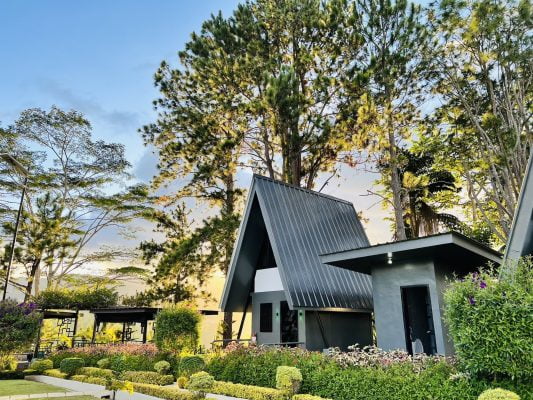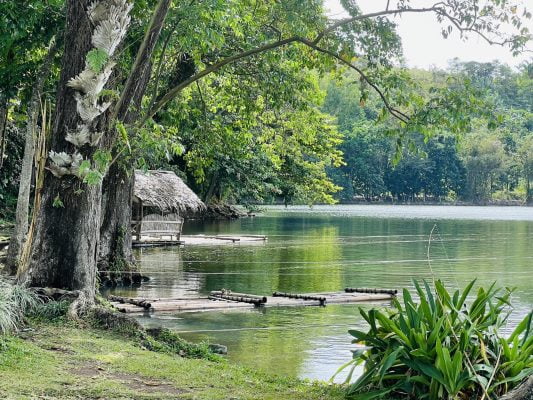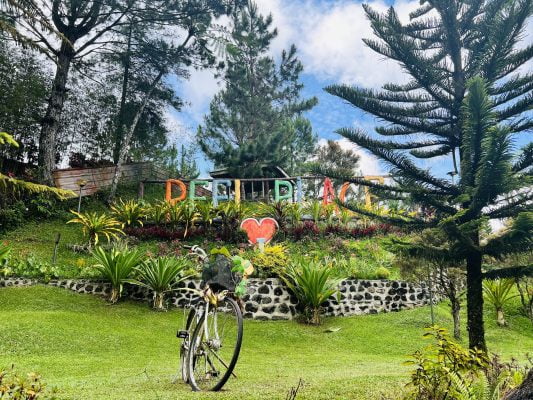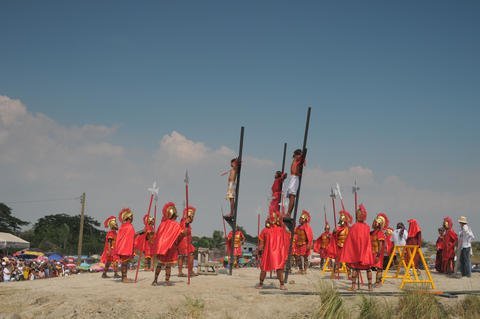
Holy Week in the Philippines is as interesting as in other Catholic countries; maybe even more so because of the bizarre practices of some Filipinos. However, the past decades have seen a decline in the intensity of faithful observances during this period. More and more people take the opportunity of the Holy Days to go on holidays, often going to the beach and other popular destinations.
But Filipinos have essentially remained faithful Catholics and the age-old customs live to this day. If you are interested in witnessing how devout Filipinos are to their faith, Holy Week is the best time to go. Here are some important events during the season that are worth witnessing:
Senakulo (Manila, Philippines)
Senakulo is a play or re-enactment of the life, passion and death of Jesus Christ according to the Holy Bible. It is often staged for an entire week: from Palm Sunday until Easter Sunday but modern theater groups have made “condensed” versions that last for at most three hours. Every year, the Manila Mobile Theater stages Martir sa Golgota (Martyr in Golgotha), a musical senakulo. The play is often staged at the Cultural Center of the Philippines before Holy Week and in select venues all over Manila and surrounding cities from Holy Monday to Black Saturday.
Visita Iglesia (Ilocos Region)
Visita Iglesia is a very popular Lenten practice done on Maundy Thursday. The faithful traditionally visit seven churches, the last of which is one that is home to the exposed Blessed Sacrament. There are hundreds of Catholic Churches in the Philippines and Visita Iglesia can be done just about everywhere. However, if you would like to combine a historical and religious experience in one trip, Ilocos would be your best bet. The region has a high concentration of colonial churches, including two of the four baroque churches in the Philippines declared as a UNESCO World Heritage Site: the Paoay Church (San Agustin Church) and the Sta. Maria Church (Church of Nuestra Senyora de la Asuncion).
Via Crucis (Camiguin Island)
Via Crucis or Way of the Cross is a procession of devotees through 14 stations depicting Christ’s painful journey until his death on the cross. In the Philippines, each parish assigns stations to a household or building. The parish flock then starts the procession at dawn until they reach the last station at the parish church. Camiguin Island is a popular destination for Catholics who would like to observe the Way of the Cross and be on holiday at the same time. The Panaad Festival is celebrated during the season and hundreds of devotees endure the hour-long trek to Mount Vulcan along the Camiguin Walkway, a set of stairs laden with images and sculptures depicting the Stations of the Cross.
Crucifixion (San Fernando, Pampanga)
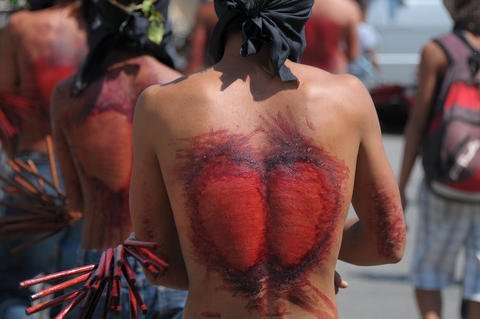
Salubong (Tanay, Rizal)
Early Easter morning, bleary-eyed Catholics witness Salubong (translation: meeting), ritual which starts in a solemn procession of the images of the Risen Christ and the mourning Virgin Mary from opposite parts of an arena close to or fronting a church. The highlight of the procession is the joyous meeting of the two statues at the center, where a child dressed as an angel lifts the black veil from the Virgin Mary’s head as a sign of the end of her mourning. A choir of children performs during the ceremony, dressed as angels, some even suspended to give the impression that they are flying. The grandeur of the Salubong varies from town to town; the one staged by the Parish of San Ildefonso de Toledo in Tanay Rizal a grand ceremony that involves the entire community.
What are your plans for Holy Week? What do you think is the best place to join in the festivities? Let us know in the comments below.


